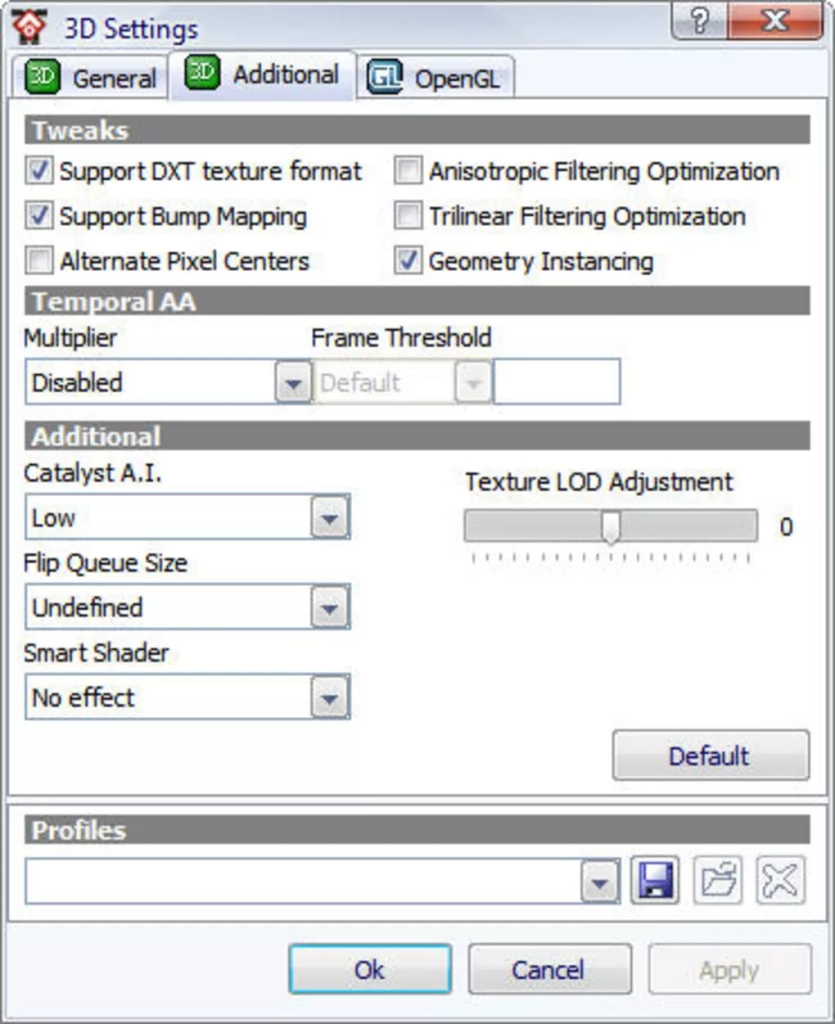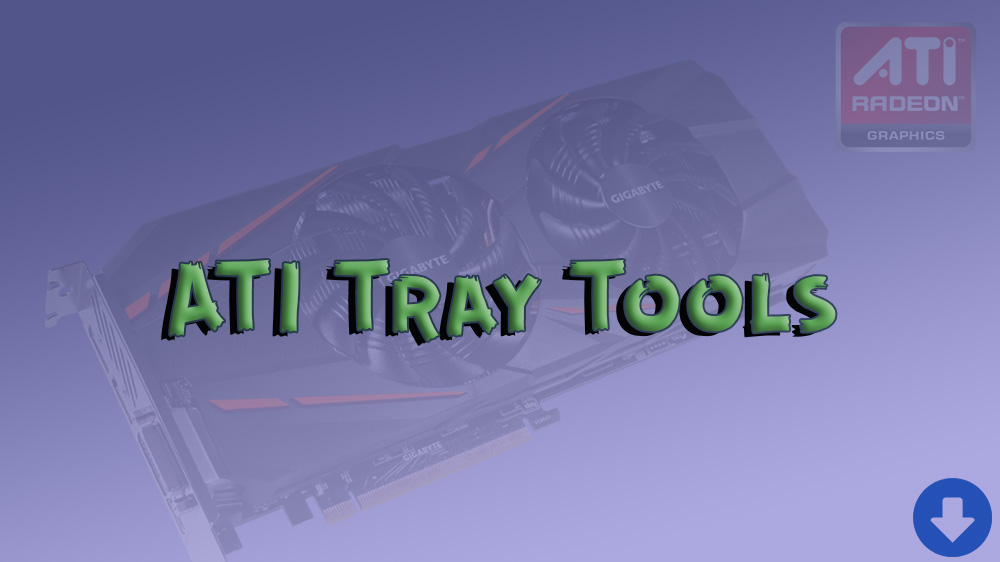ATI Tray Tools is a lightweight utility for tweaking and monitoring AMD Radeon graphics cards. It adds advanced controls that AMD’s official software often buries or omits entirely—direct fan speed adjustment, custom overclocking profiles, temperature monitoring, and hotkey-based profile switching. Originally built to supplement the old Catalyst Control Center, it still works with modern Radeon GPUs despite the outdated “ATI” name (AMD acquired ATI in 2006). The tool runs from your system tray and uses minimal resources, making it useful for users who want granular GPU control without installing AMD’s full software suite. Main features include profile management, hardware monitoring, screenshot tools, and registry tweaks for display settings.

| Parameter | Details |
|---|---|
| Program Name | ATI Tray Tools (ATT) — last stable version 1.7.9.1586 (2009) |
| What It Actually Does | Lives in your system tray and gives you quick access to overclock ATI/AMD GPUs, adjust fan curves, monitor temps in real-time, switch display profiles, and tweak 3D settings without digging through Catalyst Control Center |
| Who Used It | Gamers and overclockers from 2005-2010 era who owned Radeon cards (X1000, HD 2000-5000 series). It was THE tool before AMD’s OverDrive got decent |
| Supported Hardware | ATI Radeon 9000 series through HD 5000 series. Works best with HD 3870, HD 4850, HD 4870. Spotty support for HD 6000+, basically useless on modern RX cards |
| Key Features |
• GPU/memory clock overclocking with voltage tweaks • Custom fan speed curves (manual or temp-based) • Real-time monitoring: temps, clocks, FPS, frametime • Game profiles (auto-switch settings per game) • Screenshot tool and hotkey manager • Display rotation and multi-monitor tweaks • Kill annoying Catalyst popups |
| Real-World Example | Back in 2008, I used it to push my HD 4850 from 625MHz to 750MHz core while running a custom fan curve that kept temps under 70°C—got about 15-20% more FPS in Crysis without spending a dime. The on-screen display showed frame drops instantly, way better than Fraps at the time |
| Why It Died | Developer (Ray Adams) stopped updating it around 2009. AMD changed driver architecture with HD 6000 series, breaking most of ATT’s hooks. MSI Afterburner basically replaced it |
| Risk Level | MEDIUM — Overvolting can damage old cards, but most GPUs have built-in protection. Worst case: driver crash or black screen (restart fixes it). Less risky than BIOS modding |
| Does It Still Work? | On Windows 7 with old Radeon HD 4000/5000 cards? Sometimes. On Windows 10/11 or anything newer than HD 6000? Nope—either crashes or features don’t work. Don’t bother trying |
| Operating System | Windows XP, Vista, 7 (32/64-bit). Catalyst drivers 8.x through 10.x. Forget about Windows 8+ |
| Where to Get It | Official site (ray-adams.com) is dead. Archive.org has copies, or check TechPowerUp’s legacy software archive. Scan with VirusTotal before running |
| Modern Alternatives |
• MSI Afterburner — works with AMD/Nvidia, actively maintained • AMD Adrenalin Software — built-in overclocking since 2019 • Radeon Profile — Linux alternative for AMD cards • GPU-Z — for monitoring only (no overclocking) |
| Nostalgia Factor | If you’re building a retro gaming rig with a Radeon HD 4870 and Windows 7, ATT is actually still the cleanest solution. The UI aged surprisingly well—cleaner than Catalyst’s bloated mess |
| Bottom Line | A legendary tool for its time, but completely obsolete now unless you’re running legacy hardware. For modern AMD cards, just use MSI Afterburner or AMD’s built-in tools—they do everything ATT did and more |

